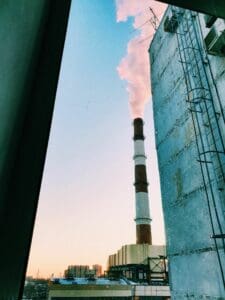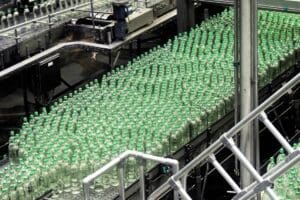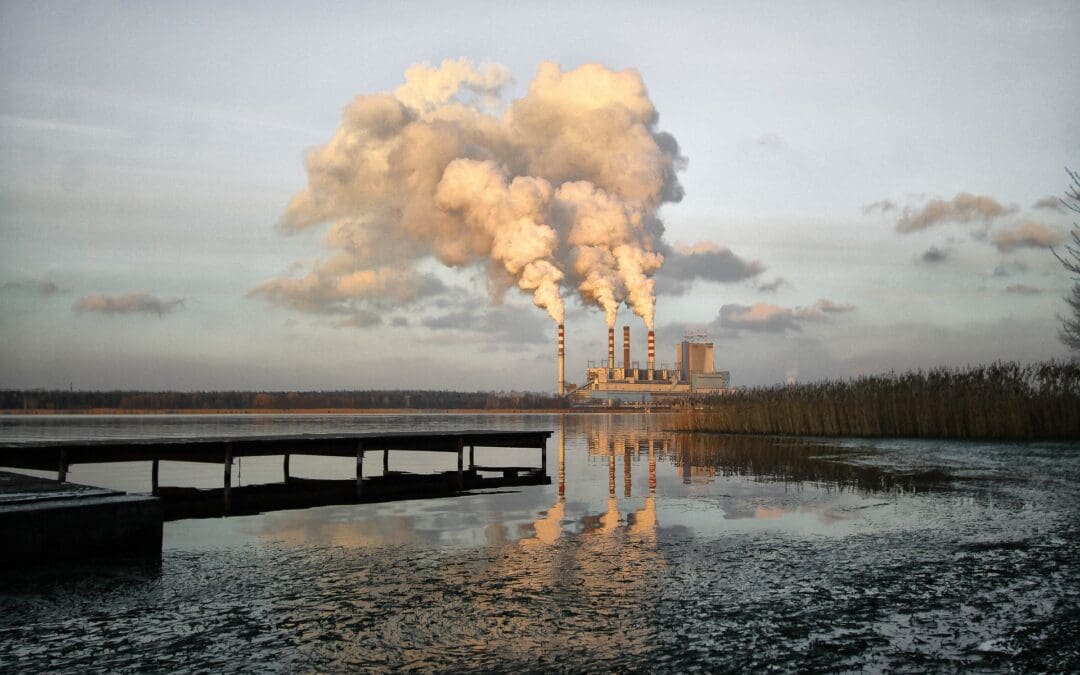In Part 1, we unpacked how the materials used to make plastic (oil and natural gas) affect water sources. This week, we’ll continue our series with #NoSingleUsePlastic Part 2: Plastic Production.
Plastic has its place and in many instances improves the quality of our lives. However, excessive production of Single-Use plastic has caused a major problem for the environment and our physical health. Each step in the process of making plastic comes with its own set of effects we should all know about. Understanding the impact of plastic on our planet and health will help us choose products more carefully and create daily lifestyle changes to use less Single-Use plastic.
Step 2 in the Plastic Cycle: Plastic Production
After crude oil has been extracted through drilling and hydraulic fracturing (for information on these processes, please see Part 1: The Source), plastic must be processed into materials that can be made into the many household products we’re all familiar with.
Crude oil (oil as it comes out of the earth) is not usable as is. A complicated mixture of thousands of different compounds, crude oil needs to be processed and refined before individual compounds can be used to produce the many different types of plastic. Different compounds from crude oil have different properties and are used to make a wide variety of products.
Plastic production begins with distillation of crude oil. This is the process that occurs in an oil refinery. A similar process to distilling water, which separates compounds from the water using heat, oil distillation separates the heavy crude oil into components, or factions. Naphtha, a faction produced in this process, is what makes plastic production possible.
Hazardous Air Pollutants
Plastic production releases carcinogenic and toxic substances into the air. These include but are not limited to benzene, toluene, phthalates, BPA, styrene, butadiene, polycyclic aromatic hydrocarbons (PAHs), propylene, propylene oxide, and volatile organic compounds (VOCs).
These chemicals are classified as Hazardous Air Pollutants According to the USEPA. Chemicals receive this classification when “they are known or suspected to cause cancer, reproductive and birth defects, or other serious adverse human and environmental effects. Under the US Clean Air Act, the USEPA is required to regulate emissions of 187 hazardous air pollutants.”
Emissions from plastic production facilities pose long and short term health and safety threats to workers in the plastic industry as well as fenceline communities (neighborhoods located near these facilities).
Pollution of Water Sources
These same chemicals can also contaminate groundwater due to discharge from factories. Fenceline communities are disproportionately impacted by contaminated water sources.
Reducing our reliance on single-use plastic supports factory workers, fenceline communities, residents of highly polluted urban and industrial areas. Choosing products with minimal plastic is a great way to do this.
Tune in next week for Part 3: Plastic Packaging

